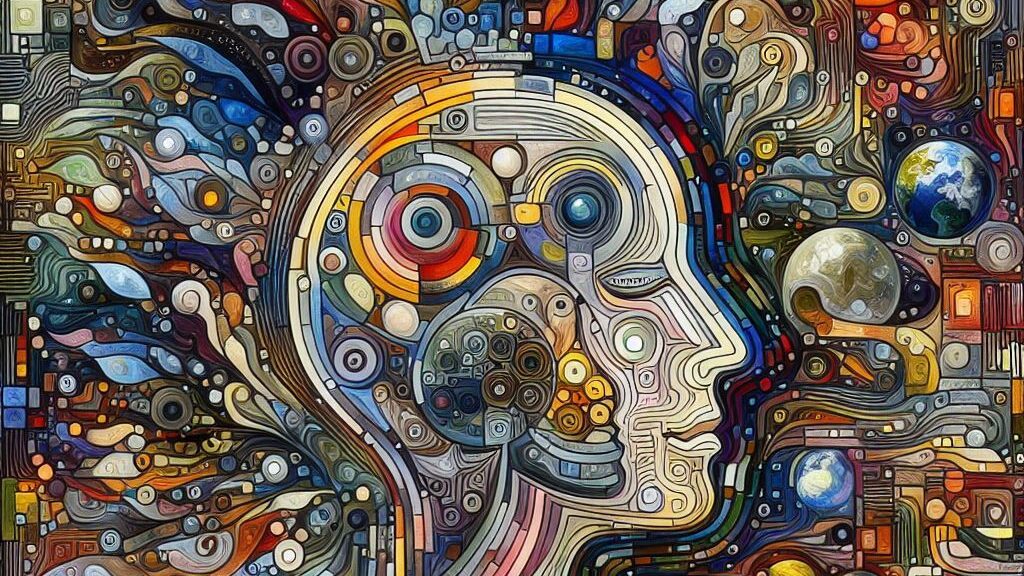Decoding Qualia: A Journey into the Nature of Consciousness

Decoding Qualia: A Journey into the Nature of Consciousness
Listen to this episode now!
Today, we’re diving into something we all experience, every waking moment, but rarely stop to think about: feeling. Not just emotions, but the actual feel of things – the redness of a ripe tomato, the sting of a bee, the smoothness of silk. Scientists call these “qualia,” and they’re at the heart of what it means to be conscious.
Qualia: The Essence of Feeling
For a long time, philosophers and scientists have argued about whether qualia – these raw, subjective feelings – are even real in a scientific sense. Are they just a byproduct of our brains working, something we can ignore if we want to understand how the mind really functions? Or are they fundamental, essential to consciousness?

Today, we’re going to explore a fascinating paper that says, “No, qualia aren’t just window dressing. They’re crucial.” It’s called “Three Laws of Qualia” and it was written by two neuroscientists, V.S. Ramachandran and William Hirstein. Think of it as their attempt to give qualia – these seemingly ethereal feelings – some concrete rules, like Newton’s laws of motion, but for the mind.
Let’s start with a simple question: What’s the difference between knowing something and actually experiencing it? Imagine you’re looking at a picture of a donut. You know there’s a hole in the middle, but you don’t see a hole in your vision. Now, imagine that same donut is cleverly placed so that the hole lines up with your eye’s natural blind spot. You still don’t see a hole! But it’s different this time. Your brain fills in the missing information. You literally see the donut as complete, even though part of it isn’t actually hitting your retina.
That “filling in” is key. It’s your brain creating a quale – the “yellowness” of the donut, in this case. And that leads us to the first “law” of qualia: Irrevocability.
Once a quale is created, you can’t just un-create it. You can’t decide to see that filled-in part of the donut as green, or blue, or anything else. It’s yellow, and that’s that. This is different from, say, imagining a pink elephant. You can easily change your mind and imagine a blue elephant instead. Imagined things are flexible; qualia are, in a sense, stuck.
But qualia aren’t just about being stuck. They also allow for something amazing: Choice. That’s the second law.
Think about pain. When you touch a hot stove, there’s a reflex – you pull your hand away instantly. That’s not qualia. It’s automatic. But the feeling of pain, the ouch, that comes a bit later. And that gives you options. You can run cold water on it, put on a bandage, complain to whoever left the stove on… You have a choice of how to respond. Qualia open up a world of possibilities, unlike simple reflexes.
And to make those choices, you need time. That brings us to the third law: Memory.
Qualia-laden experiences stick around in your short-term memory. Your brain holds onto them long enough for you to think about them, to weigh your options, to decide what to do. This is crucial for making informed decisions.
The Science of Feeling: Brain and Breakdown
So, where do these qualia “happen” in the brain? The authors make a strong case for the temporal lobes, the parts of your brain on the sides, roughly behind your ears. These areas are involved in processing emotions, recognizing objects, and understanding language – all things intimately tied to our conscious experience.
They point to evidence from people with temporal lobe epilepsy. Seizures in this area can cause vivid hallucinations, intense emotional experiences, and even a distorted sense of self. It’s as if the qualia-generating machinery is going haywire.
They also talk about some fascinating neurological conditions. One is called Charles Bonnet Syndrome. People with this condition, who have damage to their visual system, experience incredibly vivid hallucinations, often confined to the areas where they’re blind. It’s like their brains are trying to fill in the missing visual information, but without real input from the eyes, the “filling in” runs wild.
Another condition, synesthesia, involves a mixing of the senses. People with synesthesia might “see” sounds as colors, or “taste” shapes. It suggests that qualia, normally neatly separated, can sometimes get crossed, revealing the underlying neural connections.
Your Qualia, Your Self: Consciousness Embodied
Finally, the authors connect qualia to the idea of a “self.” They argue that qualia aren’t just floating around; they’re for something. They’re for a kind of “decision-maker” in the brain, a system that connects our feelings and motivations to our actions. This system, they believe, is primarily located in the temporal lobes, and it’s what gives rise to our sense of being a unified, conscious individual. The self that experiences is created by our qualia.
So, the next time you experience the simple pleasure of a warm breeze or the sharp taste of a lemon, remember that those aren’t just fleeting sensations. They’re the building blocks of your conscious experience, governed by their own set of “laws,” and they’re a window into the amazing workings of your mind. And they are who you are.